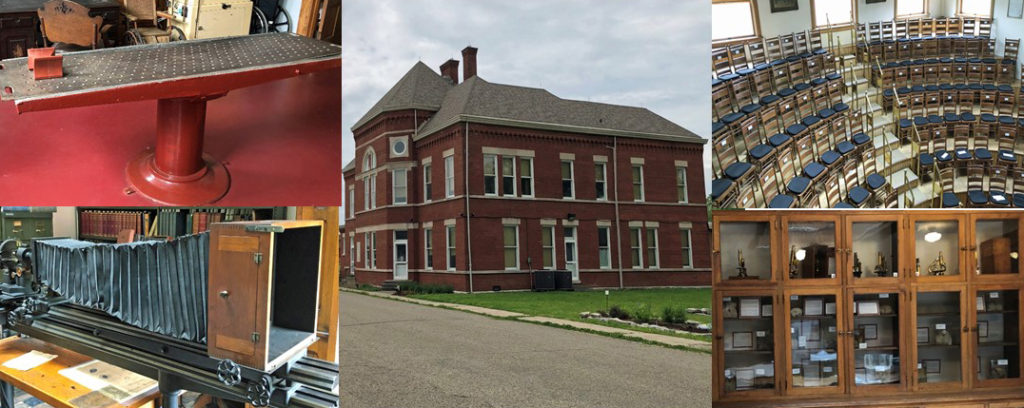With international travel more difficult, my next several columns will focus on interesting sites closer to home. Today we will visit the Indiana Medical History Museum.
In 1895, Indiana established a pathology laboratory on the grounds of the Central Indiana Hospital for the Insane in Indianapolis. The laboratory, housed in a 19-room building designed by the architect of the Indiana Capitol, enabled physicians to study the causes and treatment of mental illness. Considered the best such laboratory in the world at the time, it included an autopsy room, rooms where tissue samples were prepared and studied, a chemistry laboratory, and a 100-seat auditorium where people, including medical students, could learn the latest discoveries. To enable the audience to see tissue samples, microscope slides were photographed onto glass plates with a huge camera in the photography laboratory. To induce the next of kin to allow autopsies on deceased hospital residents, the hospital provided free burial in the nearby Mt. Jackson Cemetery.
The hospital abandoned the laboratory in the 1960s, leaving most of its contents intact, including a sign over a refrigerator that cautioned funeral operators to close the door when removing a body. When the building, now the oldest pathological laboratory in the United States, was threatened with destruction, a non-profit group organized by local physicians acquired the facility and began operating it as a museum. Visitors can see most of the rooms, many as they were when the laboratory was in use. They can also visit a room that displays preserved tissue specimens, predominantly brains, along with the stories of the people from which they were taken. The museum, located at 3270 Kirkbride Way in Indianapolis, is open from Wednesday to Saturday. Tours led by knowledgeable guides are available on the hour. Spring and summer visitors can also explore a well-maintained garden of medicinal plants.

Comments are closed.